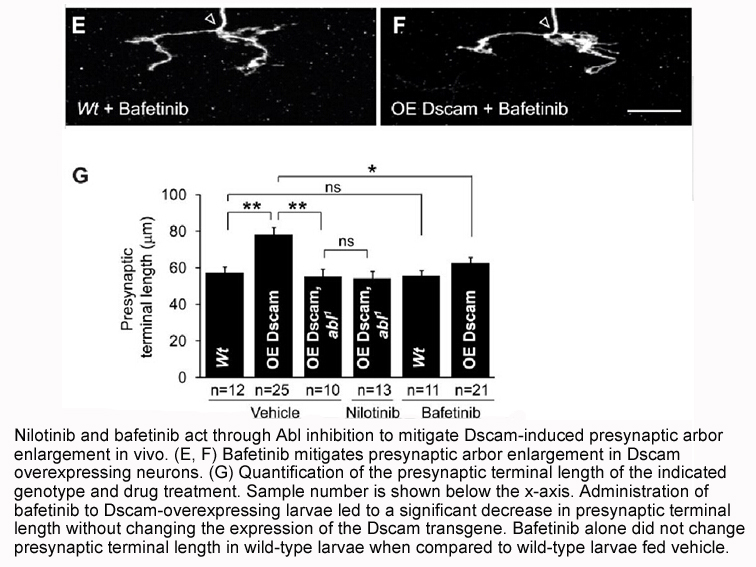Archives
There are three approaches to create a simplified model Tech
There are three approaches to create a simplified model:
Technique 1 is obviously the most labour intensive: building a detailed model and simplifying it afterwards. Detailed construction properties need to be available together with a methodology for simplifying an existing model. The lumped capacitance model can be used for this model order reduction (Mathews et al., 1994) and neural network models can be used to filter out unimportant parameters (Mustafaraj, 2011), called pruning. Technique 2 is faster, but a validated methodology should be known as to how to identify the parameters. Therefore, it is difficult to achieve good results with this technique. Fraisse (2002) has demonstrated a methodology how to incorporate multiple walls into one single order model. Technique 3 is not labour intensive and identification of the model parameters is done by an optimization algorithm. This technique can be used with the lumped capacitance model (Wang and Xu, 2006b), neural network model (e.g., Mustafaraj, 2011) and linear parametric model (e.g., Moreno et al., 2007).
Inverse modelling: optimization
Conclusions
Introduction
In the last decade, global warming, due to emissions from fossil fuel based energy generation, has become a concern. Electricity generation in 2008 from renewable energy sources is estimated at 16.7% in Europe (Eurostat, 2011a), and 18.7% around the globe (IEA, 2010). In 2007, the EU-wide directive (EU, 2011a) was set such that power from renewable energy sources shall comprise at least 20% of total energy generation by 2020 for the European Union as a whole. Each country has also set a target, for example, 17% for Italy, which is more than triple of the 2005 percentage of around 5% (REN, 2010).
The industrial sector is one of the heaviest cetp inhibitors of energy. In Europe, this sector consumed 24% of the total energy consumption in 2009 (Eurostat, 2011b), while in the United States, the sector consumed 32% in 2009 (LLNL, 2010). Some of the energy from this amount was consumed in the manufacturing processes and for lighting, while much of the rest was spent to provide space conditioning to maintain the building within a reasonable or legally allowable temperature range. Since the manufacturing processes generate large amount of heat as a by-product, buildings in general require cooling to remove the excess heat gain.
However, at the current price level, deployment of PV systems is synonymous with high capital investment, which is not likely to be covered by savings in electricity cost at the current electricity rate. In order to promote wider deployment of PV systems in the hope that wider adoption will lower the cost of deployment in the future, government policies come in different forms of economic incentives to compensate the high investment cost. Out of these, feed-in tariff (FIT) is the most common form of such incentives (EEG, 2007).
The evaluation of the economic benefit requires the consideration of the different feed-in tariff schemes and the various economic parameters, such as electricity rate, discount rate, and others, which are the result of market forces rather than factors that the building stakeholders have control of. On the other hand, the building stakeholders could play a more active role in the design of the buildings. With better building design, energy consumption will decrease. As a result, electricity generation shall satisfy the lowered consumption for more hours such that a smaller-capacity PV system will still be economically viable (or a larger-capacity PV system will yiel d higher benefit). Lee et al. (2011) presented the cost–benefit analysis under such premise.
Current design practice in evaluating the capability of PV systems in meeting a building\'s energy consumption is to assume the same daily consumption load profile for the whole year or to adopt an annual total consumption (CEC, 2001). Little of the literature studying the performance of PV systems actually conducts an hourly assessment on matching the generation to the demand profile.
d higher benefit). Lee et al. (2011) presented the cost–benefit analysis under such premise.
Current design practice in evaluating the capability of PV systems in meeting a building\'s energy consumption is to assume the same daily consumption load profile for the whole year or to adopt an annual total consumption (CEC, 2001). Little of the literature studying the performance of PV systems actually conducts an hourly assessment on matching the generation to the demand profile.